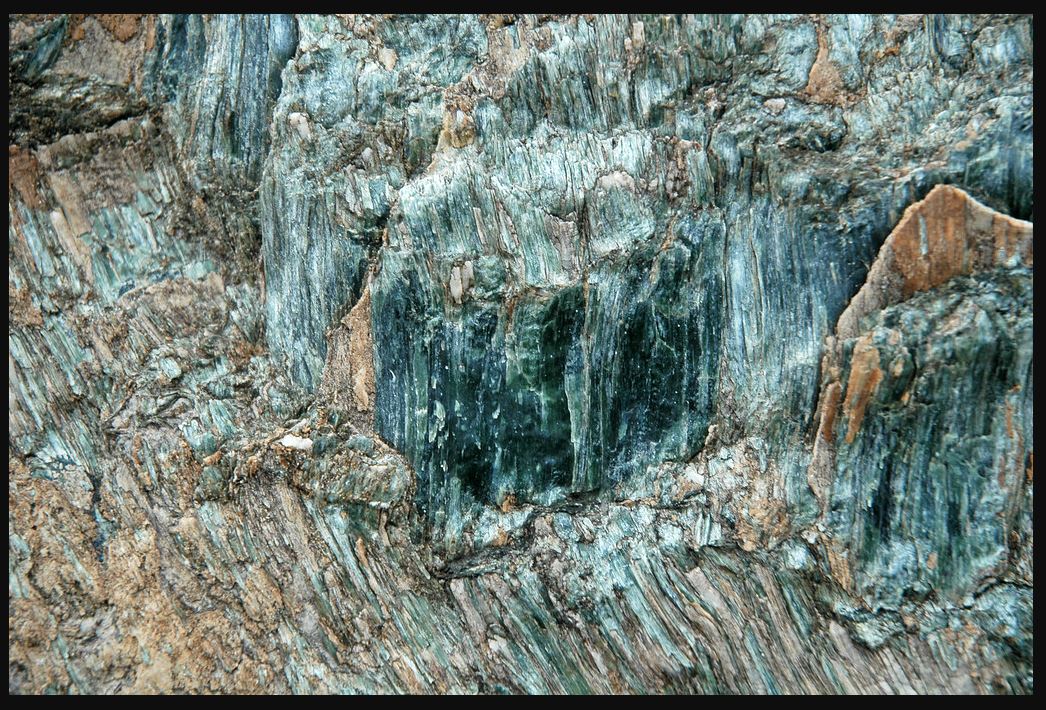
Last but not least today let's learn about Metamorphic Rocks!
Today, let's delve into the fascinating world of metamorphic rocks. These rocks are not just any ordinary rocks; they are formed through a process of transformation that involves heat, pressure, and reactive fluids. This process changes the mineral composition and texture of existing rocks, resulting in the formation of metamorphic rocks.
What are Metamorphic Rocks?
Metamorphic rocks are a type of rock that has undergone a physical or chemical change due to extreme heat and pressure. This transformation typically occurs deep within the Earth's crust where temperatures and pressures are high. The intense conditions cause the minerals in the existing rocks to recrystallize, resulting in the formation of metamorphic rocks.
How are Metamorphic Rocks Formed?
Metamorphic rocks are formed through a process known as metamorphism. This process involves the alteration of existing rocks, known as protoliths, under high temperatures and pressures. The protoliths can be sedimentary, igneous, or even other metamorphic rocks. The intense conditions cause the minerals within the protoliths to reorganize and form new minerals, resulting in the creation of metamorphic rocks.
Examples of Metamorphic Rocks
One common example of metamorphic rock is marble, which is formed from the metamorphism of limestone. When limestone is subjected to high temperatures and pressures, the calcite crystals in the rock recrystallize, giving rise to the beautiful and durable marble that we often see used in architecture and sculpture.
Another example is quartzite, which is formed from the metamorphism of sandstone. The intense heat and pressure cause the quartz grains in the sandstone to recrystallize, resulting in the formation of the hard and resistant quartzite rock.
Conclusion
Metamorphic rocks are a testament to the incredible forces at work within the Earth's crust. Through the process of metamorphism, existing rocks are transformed into new and unique rocks with distinct properties. The next time you come across a marble countertop or quartzite tile, take a moment to appreciate the remarkable journey that these rocks have undergone to become what they are today.




